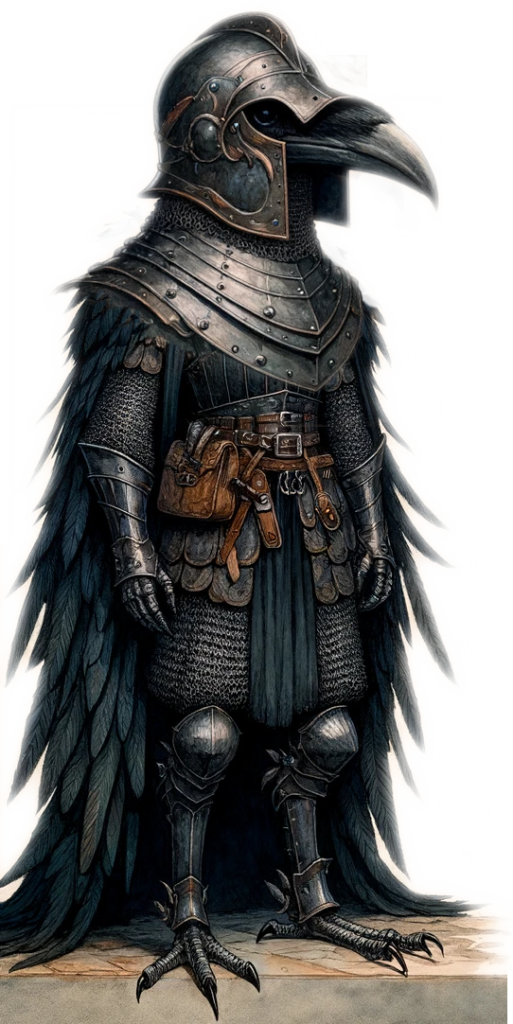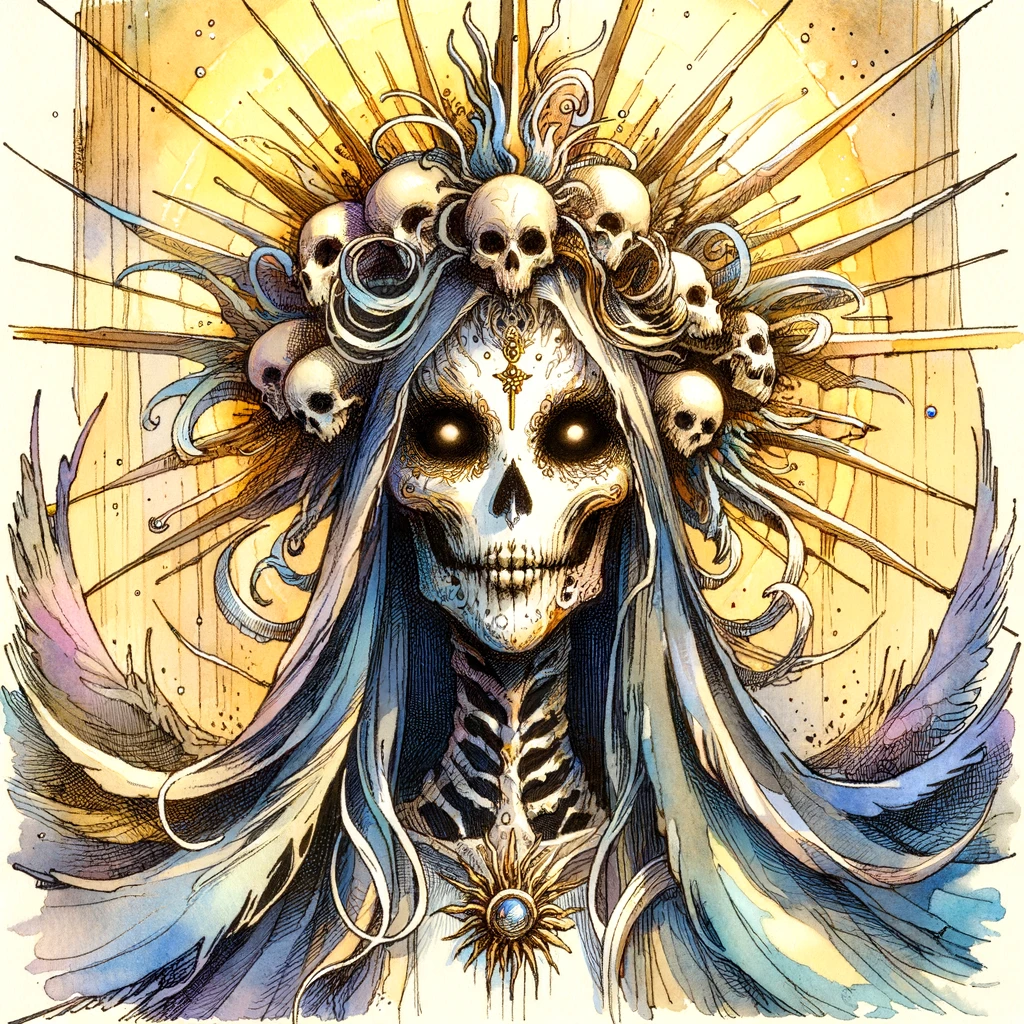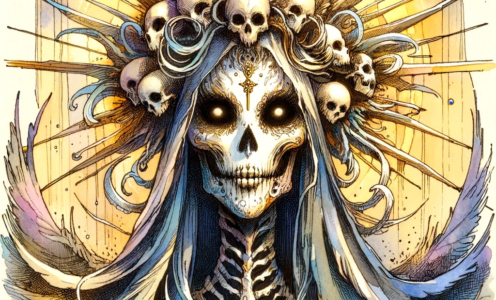[ Psychopomps ] [ What are Psychopomps? | Ecology | Psychopomp Ushers ]
[ Atropos | Barzahk | Ceyannan | Dammar | Imot | Mother Vulture | Mrtyu | Narakaas | Pale Horse | Phlegyas | Saloc | Santa Muerta | Shadix Who Dreams | Teshallas | Vale | Vavaalrav | Vonymos ]
The Ushers, Paragons of the Psychopomps
| Usher | Portfolio |
|---|---|
| Atropos † | Fate, sleep, youth |
| Barzahk † | Compasses, travellers and vigils |
| Ceyannan † | Final words, lost souls, searches |
| Dammar † | Liquor, luck and medicine |
| Imot † | Inevitability, mathematics and portents |
| Mother Vulture † | Consumption, renewal and transformation |
| Mrtyu † | Poetry, trauma and war |
| Narakaas † | Atonement, difficult choices and pain |
| Pale Horse † | Duty, revenge and beasts of burden |
| Phlegyas † | Atheists, legacies and reincarnation |
| Saloc † | Agency, bronze, education |
| Santa Muerta ‡ | Thresholds, transitions and journeys |
| Shadix Who Dreams † | Cutters who pass away in their sleep |
| Teshallas † | Aging, poison and venomous creatures |
| Vale † | Consequence, superstition and tradition |
| Vavaalrav † | Gargoyles, holy ground and rest |
| Vonymos † | Catastrophes, lasts stands and suicides |
Even among their own ranks, psychopomps don’t dole out reverence willy-nilly. Take the psychopomp ushers, for example, the paragons of the race—think Abyssal Lords only hold the Abyssal. These high-up wardens of death are basically demipowers, running parts of the Boneyard or sitting as high judges. They’ve got a lot of clout, deciding the fates of countless souls. But here’s the thing: Most of them started out as regular psychopomps, working their way up over eons. So, while they get respect from their peers, it’s a cool, measured sort of respect. There’s always that reminder of their humble beginnings, keeping any potential egos in check.
This is a survey of the known ushers of the psychopomps. Many of them also maintain their own realms in the Underlands.
Compiled by: Jon Winter-Holt, mimir.net — drawing heavily from Pathfinder 1e Concordance of Rivals




A wonderful job on this rundown on psychopomp ushers. I absolutely love this bit of PF lore and I’m so glad to see it get this kind of treatment.
Thanks! I really appreciate that 🙂 I still need to write up the Underlands section – basically my way of blending the PF Boneyard lore with Planescape. Hopefully it will make sense when I get it out of my head and onto the screen!
These are Amazing, been looking for someone with a clearer vision on these mysterious entities.
Have you considered adding :
Shadix Who Dreams the little known usher of Thrushmoor.” I’d like to see something on him.
Thanks, I’m pleased you like them! I hadn’t heard of Shadix before, there really isn’t much is there! See what you think of what I came up with…